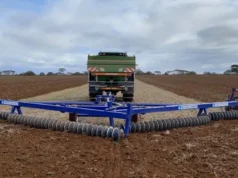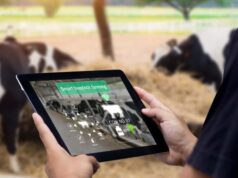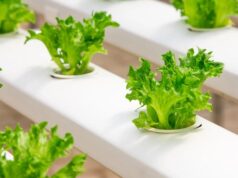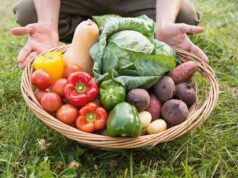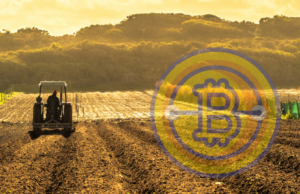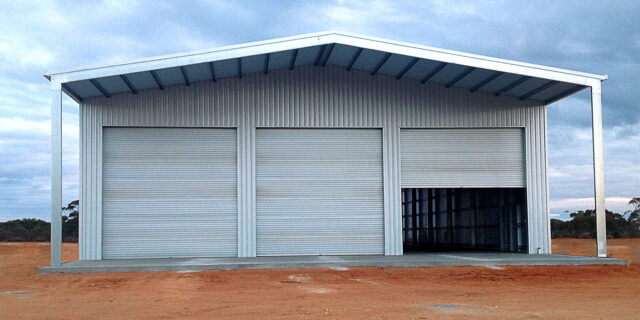
Selecting the right industrial shed for your farm is a critical decision that can have a significant impact on your agricultural operations.
Whether you need a shed for equipment storage, livestock protection, or crop processing, it’s essential to choose one that meets your specific needs, stands the test of time, and offers flexibility as your farm grows.
This guide will walk you through the key factors to consider when choosing a farm shed, the customisable options available, and the importance of materials and durability for a long-lasting structure.
Purpose of the Shed
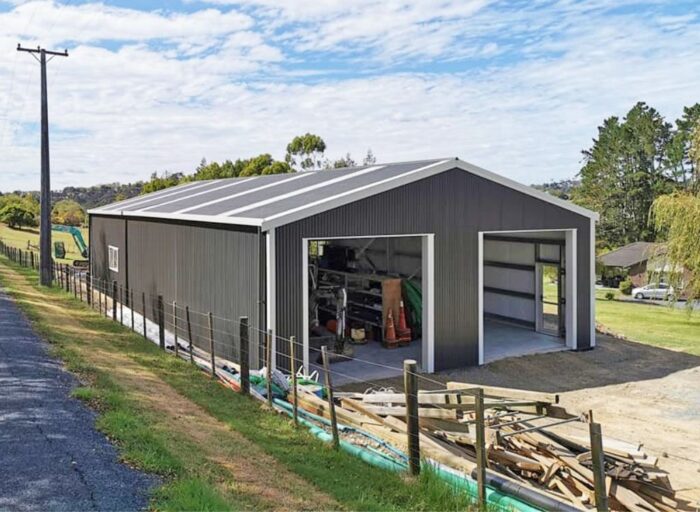
The first step in selecting the right industrial shed is determining its primary function. Different farming operations require different types of sheds. For example:
- Machinery Sheds: These are designed to store tractors, harvesters, and other large equipment. They typically require spacious interiors, wide doors, and high roofs for easy access.
- Livestock Sheds: These sheds need proper ventilation, insulation, and safe flooring to ensure the comfort and safety of your animals.
- Hay Sheds: If you’re storing hay or grain, you’ll need a shed that protects against moisture and pests while providing ample space for large volumes.
- Workshop Sheds: If your shed will double as a workshop, you may need designated areas for tools, workbenches, and possibly an office space.
By identifying the main use, you can focus on designs that are specifically tailored to your farming operations, ensuring optimal functionality.
Customisable Options to Meet Your Specific Needs
Farms come in all shapes and sizes, and so do farm sheds. Choosing a shed that offers customisable options will ensure you get exactly what you need. Here are some key features to consider:
- Size and Layout: Ensure that the dimensions of the shed match your equipment and storage requirements. Custom layouts allow you to plan for different zones, such as storage areas, workspaces, and animal enclosures, ensuring maximum efficiency.
- Doors and Access Points: Depending on what you’ll be storing, you may need large roller doors for machinery or multiple access points for livestock movement. Customised door sizes and locations can make a significant difference in the shed’s usability.
- Ventilation and Insulation: Proper airflow is essential for preventing moisture build-up and maintaining a comfortable temperature. Insulation is particularly important for sheds that house livestock or sensitive equipment.
- Storage Solutions: For tool sheds or workshops, built-in shelving or loft spaces can help you maximise vertical space, making it easier to organise your materials and equipment.
By opting for a customisable shed, you’ll ensure it aligns with your farm’s specific requirements, improving operational flow and productivity.
Materials and Durability Factors
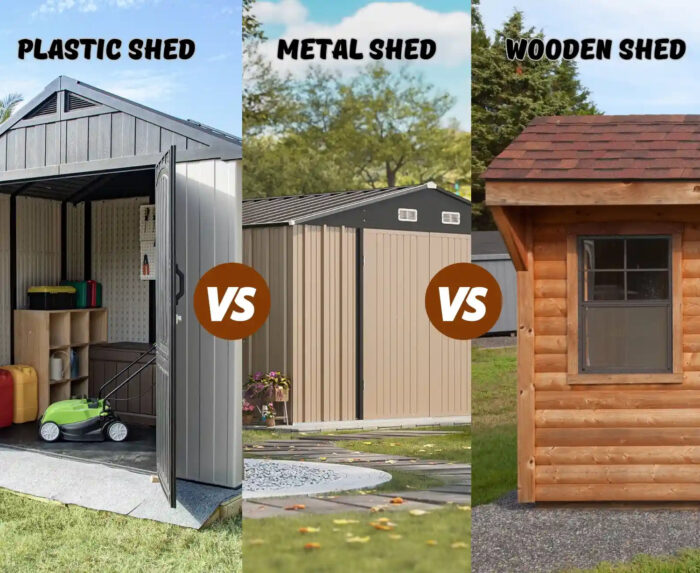
When choosing a farm shed, durability is paramount. You want a structure that can withstand the harsh Australian climate while requiring minimal maintenance. Consider the following materials and factors for a long-lasting shed:
- Steel Sheds: Steel is one of the most popular materials for industrial farm sheds due to its strength, resistance to rust, and low maintenance requirements. High-quality galvanised steel offers excellent protection against corrosion and extreme weather conditions.
- Timber Sheds: While timber sheds can be aesthetically pleasing, they generally require more maintenance than steel, particularly in areas prone to termites or high humidity.
- Roofing Options: Opt for high-grade steel or insulated roofing to ensure your shed remains cool during summer and protected during heavy rain. Consider adding skylights or whirlybirds for additional ventilation and natural light.
Durability also means choosing materials that protect your investments. Whether it’s machinery or livestock, the shed should provide a safe and secure environment that shields your farm’s assets from the elements.
Planning for Future Expansion
Your farm’s needs will likely change over time, so it’s wise to choose a shed that can adapt and grow with your operations. Modular designs and expandable structures allow you to add sections as your farm expands, without having to rebuild the entire shed.
Consider future storage or workspace needs when selecting the shed’s size and features, and ensure the shed design offers flexibility for any additions down the line.
Shed Lighting Options
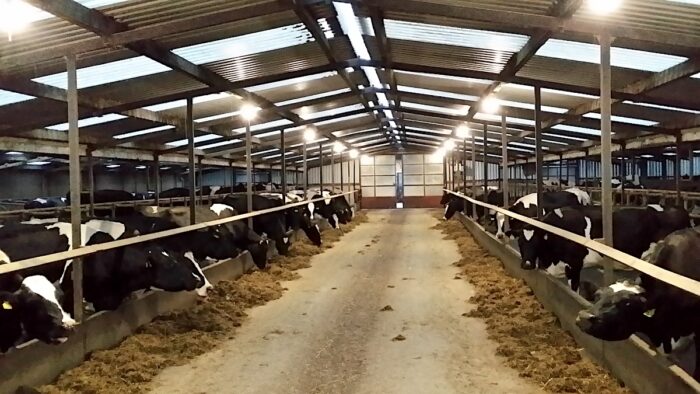
Adequate lighting is crucial for any farm shed, especially if you’ll be working during early mornings or late evenings. When planning your shed, explore various shed lighting options to ensure the space is well-lit and safe for all activities.
Options like LED lighting, skylights, or even solar-powered lights can provide efficient and cost-effective solutions for your shed.
Council Regulations and Building Permits
Before you begin construction, it’s essential to understand the local building regulations and obtain any necessary permits. Some councils have specific requirements for shed sizes, heights, and proximity to other structures or boundaries.
Working with a professional shed builder familiar with local laws can save you time and ensure the shed meets all regulatory requirements.
Choosing the right industrial shed for your farm is an investment in your farm’s efficiency, safety, and long-term success
By considering your specific needs, exploring customisation options, selecting durable materials, and planning for future expansion, you can build a shed that serves your farm well for years to come. Don’t forget to factor in essential elements like shed lighting to ensure the space is functional and practical for all your farm activities.
A well-designed, high-quality shed can become one of the most valuable assets on your farm, offering a secure space for your machinery, livestock, and produce while helping your operations run smoothly, no matter the season.

